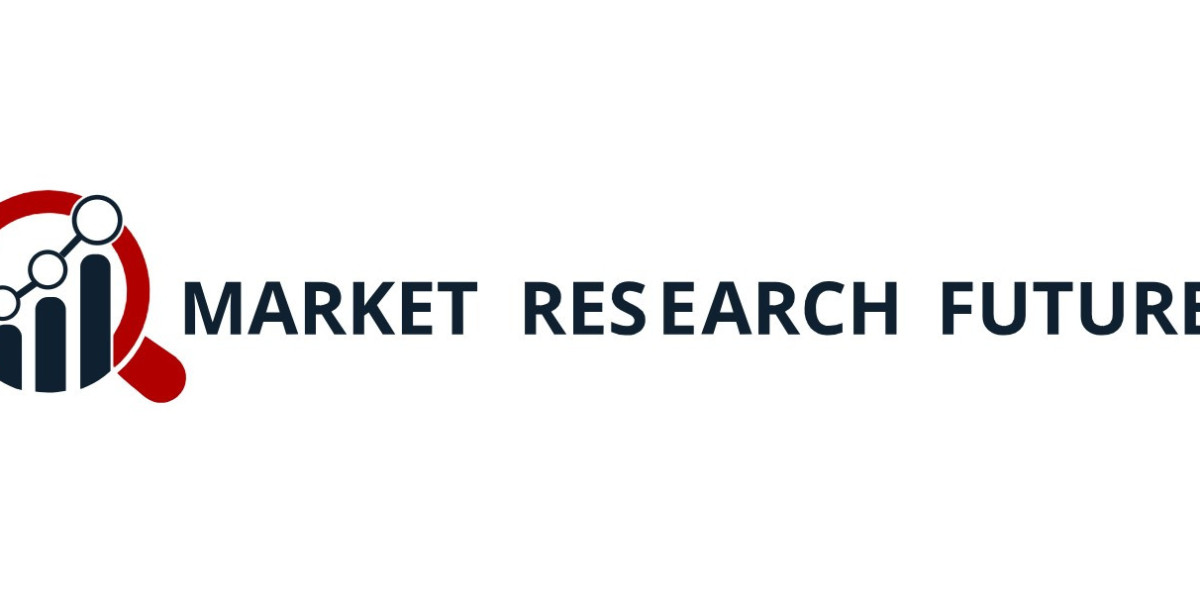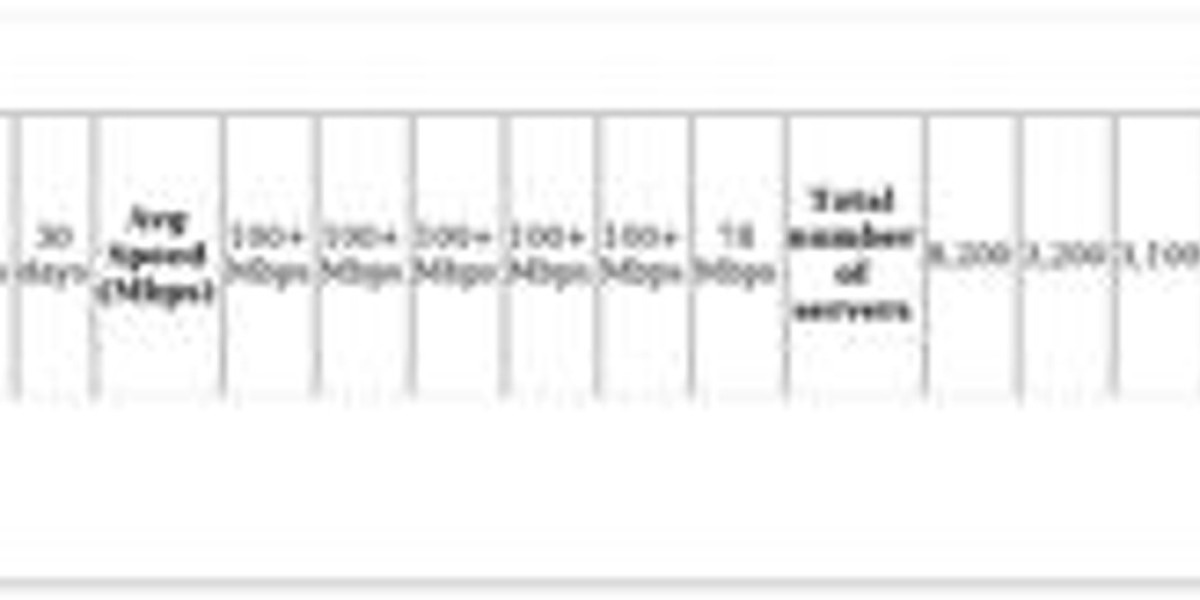The Graft Versus Host Disease Treatment Market is undergoing technological transformations, with new therapies and advanced diagnostics redefining patient care. Cellular therapies, JAK inhibitors, and monoclonal antibodies are at the forefront of treatment innovation. North America continues to lead the market with sophisticated infrastructure, while Asia-Pacific demonstrates rapid growth due to rising investments in healthcare and transplant facilities. Market innovations are driven by early diagnosis tools, biomarker research, and precision medicine approaches, which are enhancing therapeutic outcomes. Learn more about Graft Versus Host Disease Treatment Market Technology.
Collaborative research and strategic alliances between pharmaceutical companies and biotech firms are accelerating pipeline development, bringing novel treatments to patients faster. The segmentation of acute and chronic GVHD, combined with real-world evidence from clinical studies, is improving treatment strategies. Patient awareness programs, monitoring systems, and advanced immunotherapies are shaping the market landscape. As regional adoption expands and technology integration improves, the market is poised for sustainable growth and transformative impact in GVHD management.
Strategic partnerships and collaborative research are enhancing market accessibility and accelerating the introduction of novel therapies. Innovations in monoclonal antibodies, JAK inhibitors, and cellular therapies are expanding treatment options across acute and chronic GVHD subtypes. Early diagnosis and precision medicine approaches further improve patient outcomes while supporting economic growth. Continuous monitoring of market developments, regulatory frameworks, and regional adoption patterns enables stakeholders to make informed investment decisions and capitalize on emerging market opportunities.
FAQs
Q1: What are the key technologies in GVHD treatment?
A1: Cellular therapies, monoclonal antibodies, JAK inhibitors, and advanced diagnostics are key technologies.
Q2: How is pipeline development progressing?
A2: Strategic collaborations and clinical trials accelerate pipeline development, bringing novel treatments to market.
Q3: Why is the market growing in Asia-Pacific?
A3: Increased healthcare investment, rising transplant centers, and growing patient awareness are key drivers.








